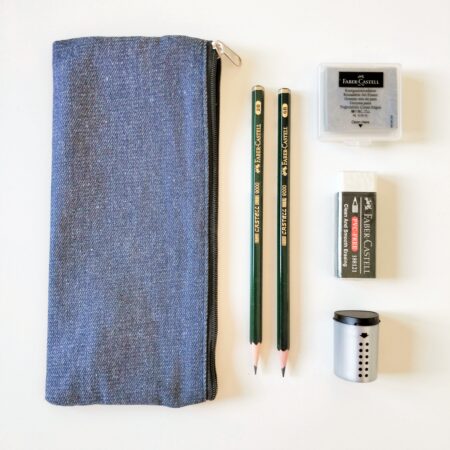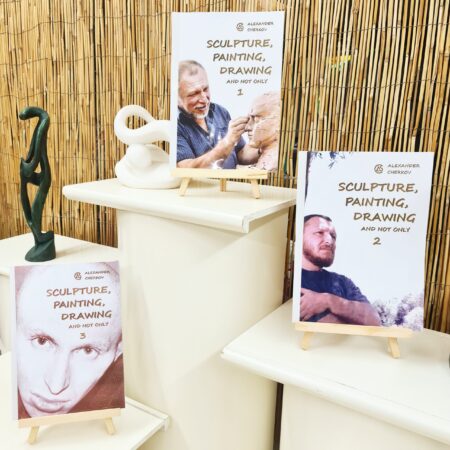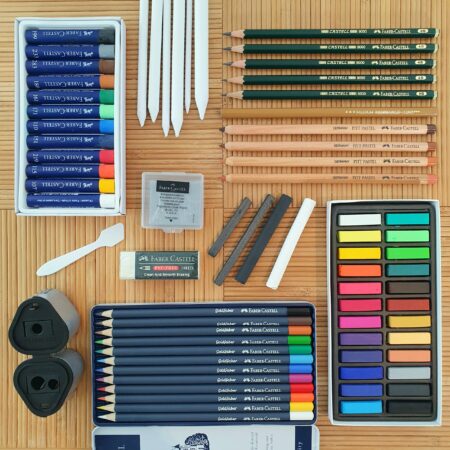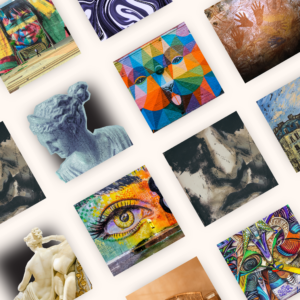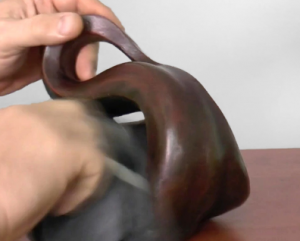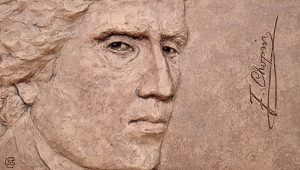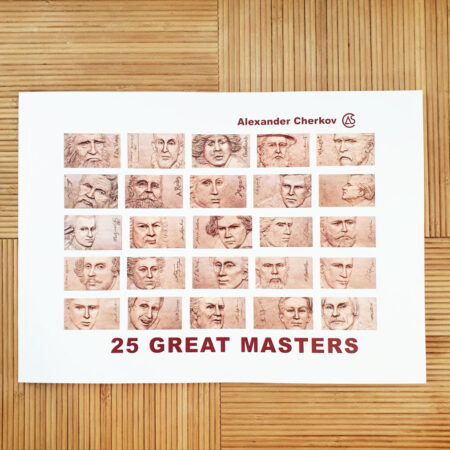Exercises in light and shadow in drawing By Alexander Cherkov, from the book Introduction to the World of Art "Sculpture, painting, drawing and more"
Before we move on to exercises in light and shadow, I would like to draw your attention to the problem of perception of shades.
From the following table it is clear that the falling shadow is a darker shade of shade. The shadow is darker than the reflex variety. The reflex is darker (in most cases) than half a shadow. Half a shade darker than the light. And finally the light is darker than the glare. Everything was very simple though The perception Ours was completely affected by the right lobe. But this is not the case. Our perception is influenced by various factors of logical properties (perception also in the left lobe), which interfere with the definition of true tone.

For example, the color of the rightmost circle in the table above seems to me darker than the range of the leftmost circle, even though they are the same. This is because the circles are perceived by us not by themselves, but by their relation to the gray rectangles in the various shades.
Also the rhombus A in this figure I see as darker than the rhombus B. but both in the same shade of gray color! You can verify this by printing the table, cutting the rhombuses and placing them on top of each other. In this case, the properties that our left lobe attributes for rhombus A to the “black” diagonal in the curved chessboard and for rhombus B to the “white” diagonal affect.
To learn how to control the correct perception of tonality, it is recommended to perform exercises to build a gradual shading in drawings of white objects of varying complexity.

Exercises in light and shadow
Prepare white sheets of white paper in A4 format, 6B pencil and charcoal eraser and practice drawing objects with an emphasis on light and shadow. You can select items similar to the objects below, it is advisable to select objects in white because then it is easier to see the ratings or shadows on the object:
1. Matte white ball on a gray background.


2. White ceramic mug on a white background.
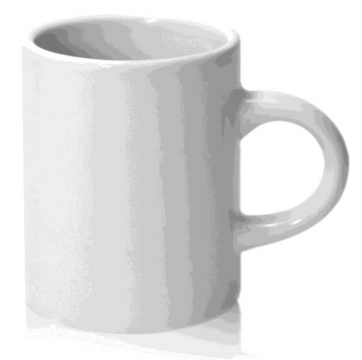

3. Glass vase on a white background.






